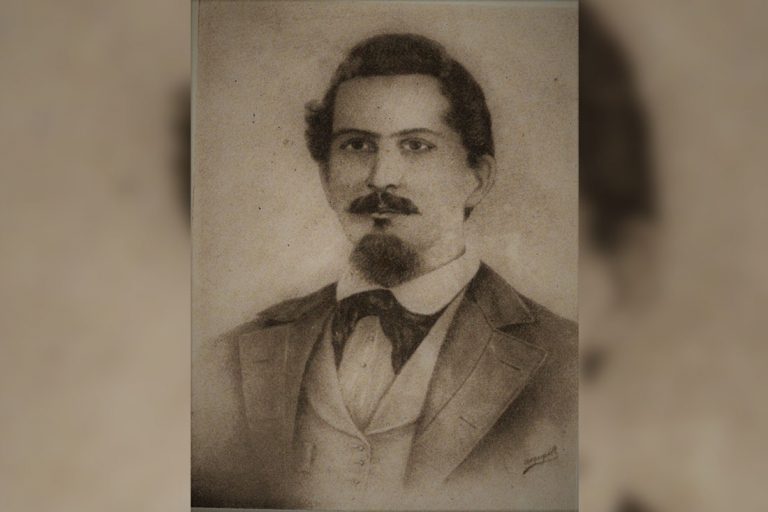Joaquín Agüero Agüero, belonged to one of the most important families in Camagüey, with solid parental relationships that distinguished them from the first anti-colonial manifestations.
The historian Elda Cento Gómez emphasized in this regard not only with the number of Agüeros raised in July 1851, but also by the committed ones who were present in the independence struggles from 1868 to 1898.
Joaquín Agüero was the architect of the creation in 1843 of a free public school in Guáimaro. In that same year he granted freedom to his eight slaves before a public notary to fulfill “… a duty of humanity and conscience”, according to his own words before the Lieutenant Governor of Puerto Príncipe, a fact sometimes ignored by national history.
About his work
In the conspiratorial work of the Sociedad Libertadora de Puerto Príncipe, especially in Nuevitas, -place where he lived- he stands out for his anti-colonial actions and propaganda.
The arrest in May 1851 of some countrymen for revolutionary activities, induces Joaquín Agüero along with 46 men to carry out the uprising on July 4th, 1851, in San Francisco Jucaral, there they sign the first Declaration of Independence, in the fields of a Free Cuba.
However, after the failed assault on Las Tunas, and the combat of San Carlos where five Cubans fell, the group that was pursued by the Spanish troops until they were captured on July 23th, in the Punta Ganado fishing boat, dispersed, along with Fernando de Zayas y Cisneros, Tomás Betancourt y Zayas, Miguel Benavides Pardo, all shot on August 12th, 1851.
There are very curious data about his death, the quatrain that circulated inviting the principeñas to cut their hair as a sign of rebellion, which went like this: That woman from Camagüey // who does not cut her hair, // is not worthy that on our land / / we look at her as a sister.
Another sign of mourning was the appearance on the day of the faithful departed, in the vault that kept his remains, of a card with an inscription -as an epitaph- with the following verses: Unfortunate victim of a sincere love // Felt by the man and for glory, // The champion Joaquín de Agüero lies here: // His life preserves Cuban history, // All Camagüey mourns his death mourns.
The musicologist Verónica Fernández reports that the year after his death, the interpretation by military bands of the dance composed by Vicente de la Rosa La sombra de Agüero became popular in Puerto Príncipe and Santiago de Cuba, although with the title La sombra.
Your imprint
On the other hand, two years after the execution, in the Main Square, today Ignacio Agramonte Park, four palm trees dedicated to the memory of the patriots were planted, they were cared for in secret and have survived to this day as a symbol of Cuban identity, also a source of inspiration for the dance composed by Nicolás González «Los lamentos».
In 1913 an obelisk was erected at the request of the students of the November 27th School Center in the Joaquín Agüero square, however, the exact place of execution was not there, but a few meters further on.
Between 2002 and 2003, the Office of the Historian (OHCC), as part of the site’s restoration work, added four red metal columns to the obelisk that ended in a point symbolizing the blood shed by the patriots. The OHCC is currently carrying out work in the city cemetery to build the 1851 Pantheon of the Martyrs, with the purpose of dignifying, hierarchizing and gathering the remains of the independence heroes and including, if they can be found, those belonging to the five fallen in the Battle of San Carlos
If you have not seen the film El Mayor, or watch it again, I recommend that you enjoy its first scene, where the events related here come to life. The sequence of the handkerchief with the blood of Agüero that the a little Agramonte takes constituted a legend that accompanied the Agramontinos for years to represent the continuity of the independence ideals.
Translated by: Aileen Álvarez García








